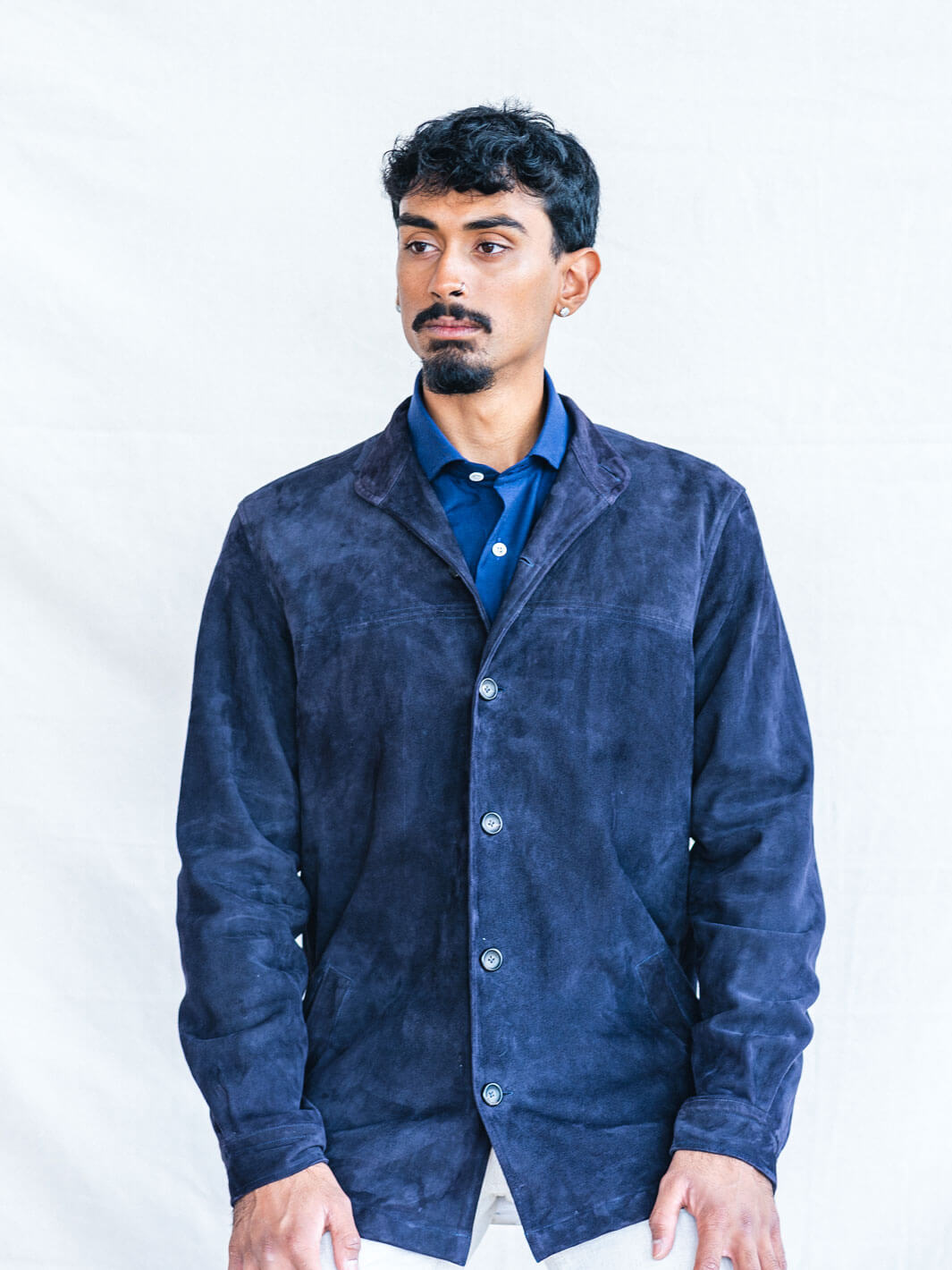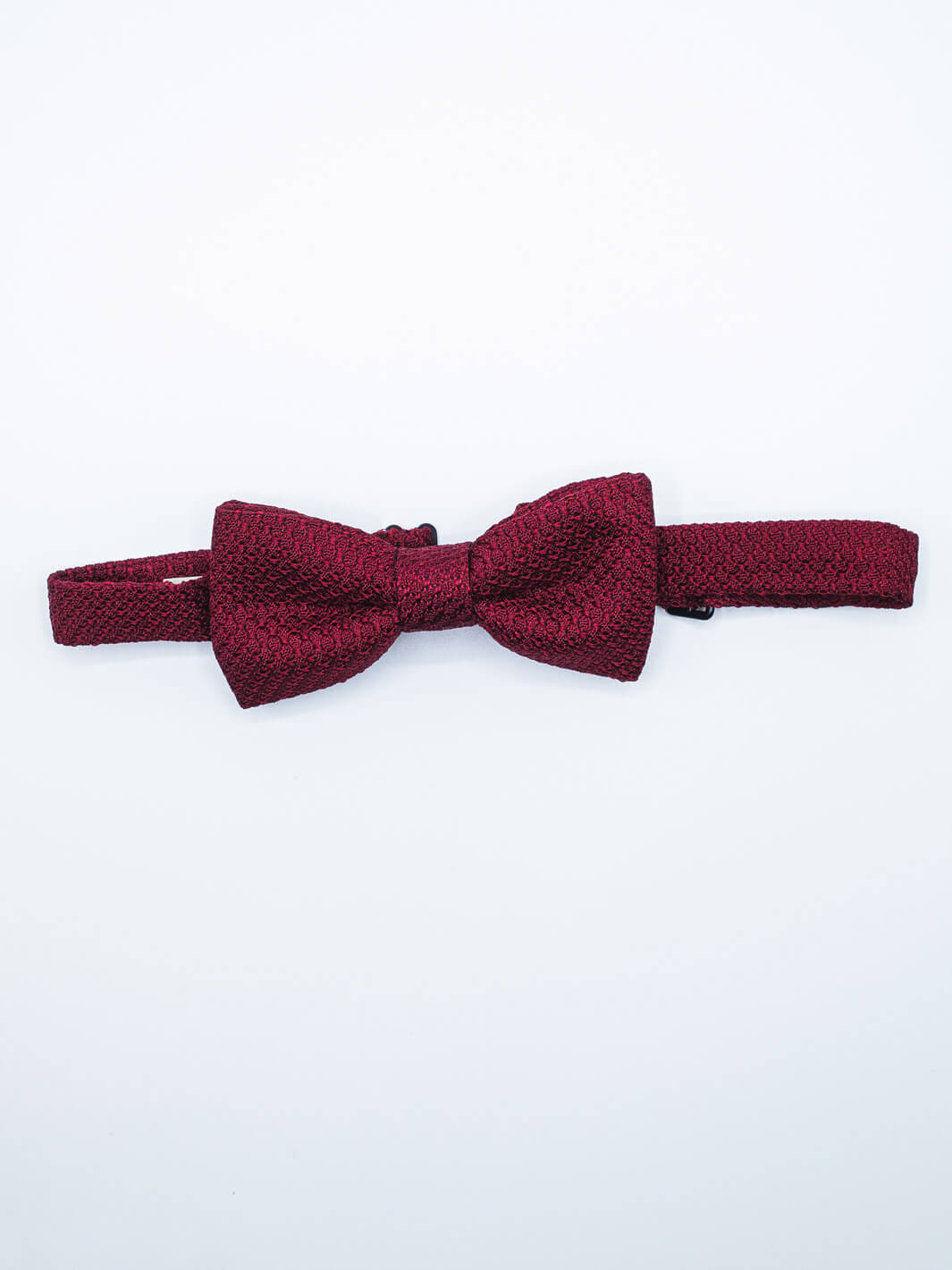Whether it’s denizens of the more seasonal parts of the world feeling the first bite of late Autumn, or those who live in hotter climes disembarking from a plane somewhere distinctly cooler, true sartorialists will always feel a tinge of excitement at the prospect of donning some knitwear. And perhaps the coziest, most tactile knitwear garments of all are those graced with raised textured patterns resembling the twist of a two-ply rope – the fabled cable knit sweater.
Humble Beginnings: The Birth of the Cable Knit
Legend has it that 19th century fishermen who plied their trade off the Aran Islands, in the often-tempestuous mouth of Galway Bay in western Ireland, wore cable knit sweaters with unique patterns on them depicting their clan. Those who fell overboard, the theory goes, could be identified by the knitwear clinging to the washed-up body’s upper torso.
Ghoulishly romantic—but almost certainly a myth. We do know, though, that hefty protective cable-knit garments were indeed created in that era, by women on those sheep-dotted aisles: a place where the endeavors of fishing and farming have been culturally intertwined for centuries.

These original garments would have been knitted from undyed woolen-spun yarn created from unscoured wool, still replete with the oils with which nature had endowed it—such as lanolin—preserving its water-repellent properties. The thick, cross-stitched patterns we now associate with cable knits also served a purpose beyond mere ornamentation—by creating air pockets that enhanced insulation, they kept fishermen warm on biting cold expeditions.
The cable knit approach to knitwear naturally caught on—we see it in Gansey jumpers worn by fishermen on the east coast of England in the Victorian era—but cable knit jumpers’ popularity really spread when the Irish government created the Congested Districts Board, which began training knitters to create ever more complex patterns to export further afield, as part of a drive to help poor families endure unemployment and food shortages.
Global Appeal: How Cable Knits Conquered the World
Two factors sent cable knit sweaters—aka “Aran sweaters”—global. Firstly, knitting patterns were published in the 1940s, meaning anyone with the time and patience could create plush, wool sweaters with textured patterns (usually four to six, five to ten centimeters in width, running vertically, symmetrical to a center axis) at will.
Then, the year after Elvis Presley had donned a funnel neck iteration in 1957’s Jailhouse Rock, bolstering its kudos amongst the younger generation, Vogue magazine ran a major piece on them, featuring Elizabeth Zimmermann’s Aran-inspired designs and further cementing their place in fashion. Before long, large-scale production and exports from the west of Ireland to the United States surged into overdrive.

The Clancy Brothers, a musical troupe who put an Irish spin into the American Folk Musical Revival of the 1960s, gave cable knit jumpers further exposure by performing in them in a special televised edition of The Ed Sullivan Show and later at a White House event for U.S. President John F. Kennedy. While JFK was more commonly seen in fine-gauge sweaters, the Kennedy family’s broader association with classic, Ivy League-influenced style helped cement the cable knit sweater as a preppy staple.
Towards the end of the decade, Steve McQueen wore a vintage example in The Thomas Crown Affair, and John Lennon reminded the world of both his own and the garment’s Gaelic heritage by being photographed in one in the Scottish Highlands. The cable knit’s status in the sartorial canon shifted from a garment reminiscent of pipe-toting Norwegian whalers in children’s books to a staple for fashionable gents layering up for colder climates—a transformation cemented when Ralph Lauren introduced it into his Chaps line in 1978.
The Modern Cable Knit: Comfort, Elegance, and Versatility
Nowadays, like many garments born from economic or climatic hardship, cable-knit jumpers have become an essential part of any soigné gentleman’s wardrobe. They’re also a shoo-in when it comes to “preppy fall fashion” and other round-up listicles, and have also become fashionably unisex (Taylor Swift’s fondness for Ralph Lauren cable-knit sweaters has only reinforced their reputation as the garment most likely to be "borrowed" indefinitely by their owners’ partners.).

Today, they have come a long way—materially speaking—from their coarse origins, and come in all sorts of wool, cashmere or cotton blends. Indeed, for us here at Anatoly & Sons, their chunky, torso-swaddling nature means that comfort and tactility on the skin are imperative: hence, our selection of three ‘Lupetto’ cable knit jumpers (in green, blue and cream) are made from extra fine merino wool from Italian mill Zegna Baruffa, which has a distinctly cashmere feel.
When comfort and elegance arrive at the same place, versatility is always next through the door, and these three pieces will sing in sweet sartorial harmony with a sport coat or peacoat for the kind of assertive look the cable knit jumper deserves, as well as a well-chosen shacket for a more casual look, and with pretty much any heavier outerwear when the mercury really plummets.
You’ll know you’ve hit the right formula if you feel truly comfortable in both the psychological and the physical sense of that word: because wearing a cable knit should feel like a warm embrace as well as a style statement.









